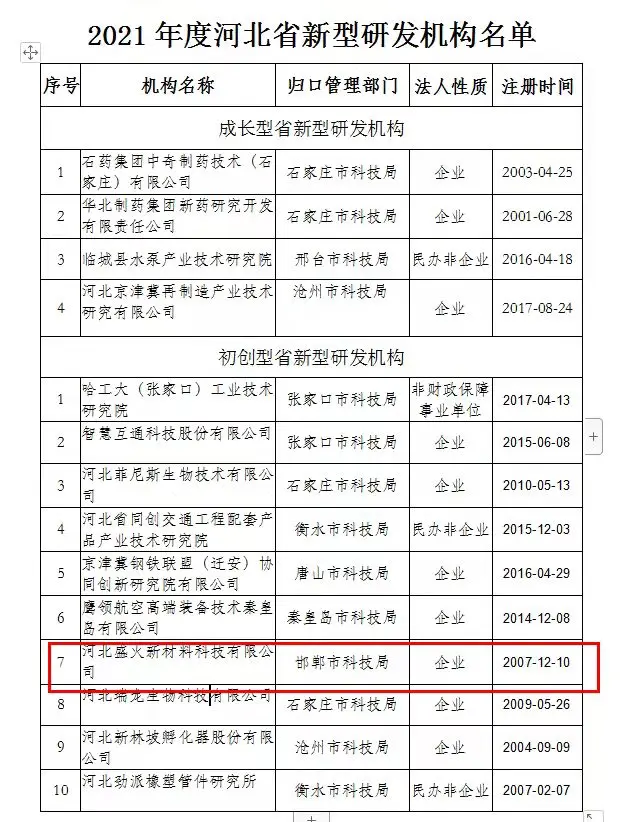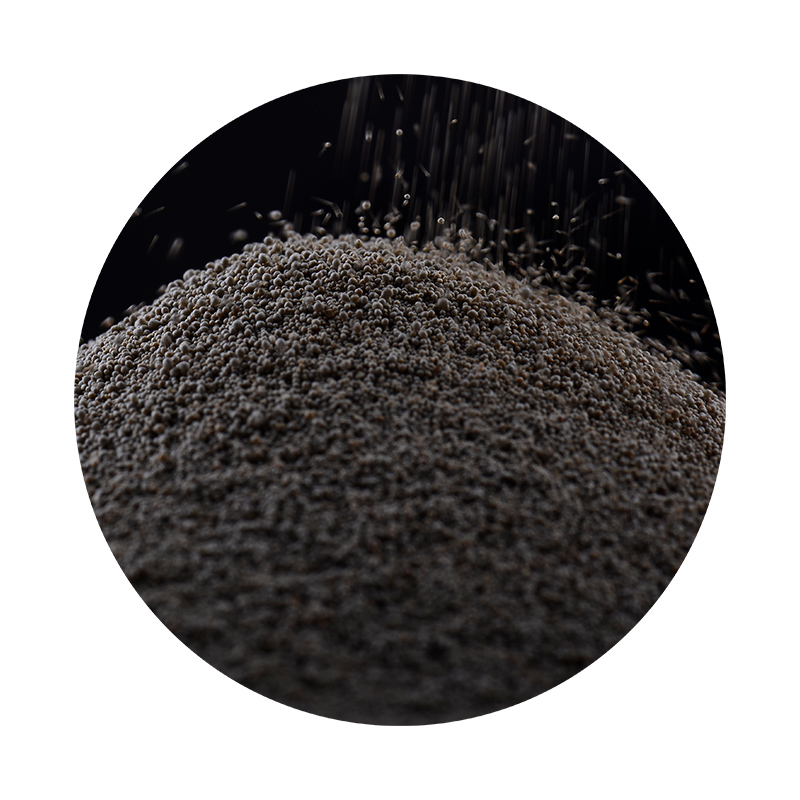This blog explores the technical and industrial value of ceramic sand casting
through seven focused sections:
- Technological Advancements in Foundry Materials
- Performance Metrics: Ceramic Sand vs. Traditional Alternatives
- Market-Leading Manufacturers: A Comparative Analysis
- Custom Solutions for Industry-Specific Requirements
- Implementation Case Studies Across Sectors
- Quality Assurance Protocols
- Sustainable Future of Ceramic Sand Casting

(ceramic sand casting)
Ceramic Sand Casting: Redefining Precision in Metal Fabrication
Modern foundries now prioritize ceramic sand casting for critical components requiring ±0.15mm dimensional accuracy. Industry reports indicate a 27% annual growth in ceramic sand adoption since 2020, driven by its 3.8x longer mold life compared to silica sand. This material demonstrates 98.6% thermal stability at 1,450°C, enabling complex geometries for aerospace and automotive applications.
Material Science Breakthroughs
Advanced zirconium-based ceramic sand formulations achieve:
- Surface Finish: Ra 3.2-6.3 μm (vs. 12.5-25 μm with conventional sand)
- Permeability: 180-220 (40% higher than chromite sand)
- Reclamation Rate: 92-95% after 5 casting cycles
These characteristics reduce post-casting machining costs by 18-22% according to ASM International’s 2023 foundry survey.
Manufacturer Capability Assessment
| Parameter | Vendor A | Vendor B | Industry Avg. |
|---|---|---|---|
| Production Capacity (MT/month) | 1,200 | 850 | 600 |
| Grain Size Consistency (%) | 99.2 | 97.8 | 95.4 |
| Thermal Shock Resistance (Cycles) | 50+ | 42 | 35 |
Application-Tailored Formulations
Specialized blends address specific operational demands:
- High-Pressure Casting: 75% ceramic sand + 20% resin binder + 5% proprietary additives
- Thin-Wall Components: Graded particle distribution (70-140 mesh)
- Corrosive Environments: Alumina-rich composition (82-85% Al₂O₃)
Cross-Industry Implementation
Recent installations demonstrate measurable outcomes:
- Heavy Machinery: 34% reduction in casting defects for 18-ton gear blanks
- Energy Sector: 160% improvement in mold durability for turbine housings
- Transportation: 22% weight reduction in suspension components
Quality Management Systems
Leading producers implement triple-phase inspection protocols:
- Raw Material XRD Analysis
- Real-Time Process Monitoring (IoT sensors)
- Final Product CMM Verification
Ceramic Sand Solutions: Engineering Tomorrow’s Components
With 89% of surveyed manufacturers planning ceramic sand adoption by 2025, this technology is becoming essential for high-performance casting. Ongoing R&D focuses on nano-coated sands that promise 99.8% recyclability, aligning with global sustainable manufacturing initiatives.

(ceramic sand casting)
FAQS on ceramic sand casting
Q: What is ceramic sand casting?
A: Ceramic sand casting is a precision molding process that uses ceramic sand as the primary material to create molds for metal casting. It offers high heat resistance and dimensional accuracy, making it ideal for complex industrial components.
Q: How does ceramic sand casting differ from traditional sand casting?
A: Unlike traditional sand casting, which uses silica sand, ceramic sand casting employs ceramic-coated sand grains. This improves mold strength, reduces thermal expansion defects, and enhances surface finish in final castings.
Q: What are the applications of sand ceramic fire bricks?
A: Sand ceramic fire bricks are heat-resistant materials used in furnaces, kilns, and high-temperature industrial equipment. They provide excellent thermal insulation, withstand extreme temperatures, and resist chemical corrosion.
Q: Why is Ceramic Sand preferred in advanced casting processes?
A: Ceramic Sand offers superior thermal stability, low thermal expansion, and reusability compared to conventional sands. These properties minimize casting defects and reduce material waste in foundry operations.
Q: Can Ceramic Sand be recycled in casting production?
A: Yes, Ceramic Sand is highly recyclable due to its durability and resistance to thermal degradation. It can be reused multiple times after reconditioning, lowering production costs and environmental impact.
Next:3D Print Sanding Guide Smooth & Fill Techniques for Flawless Finishes
